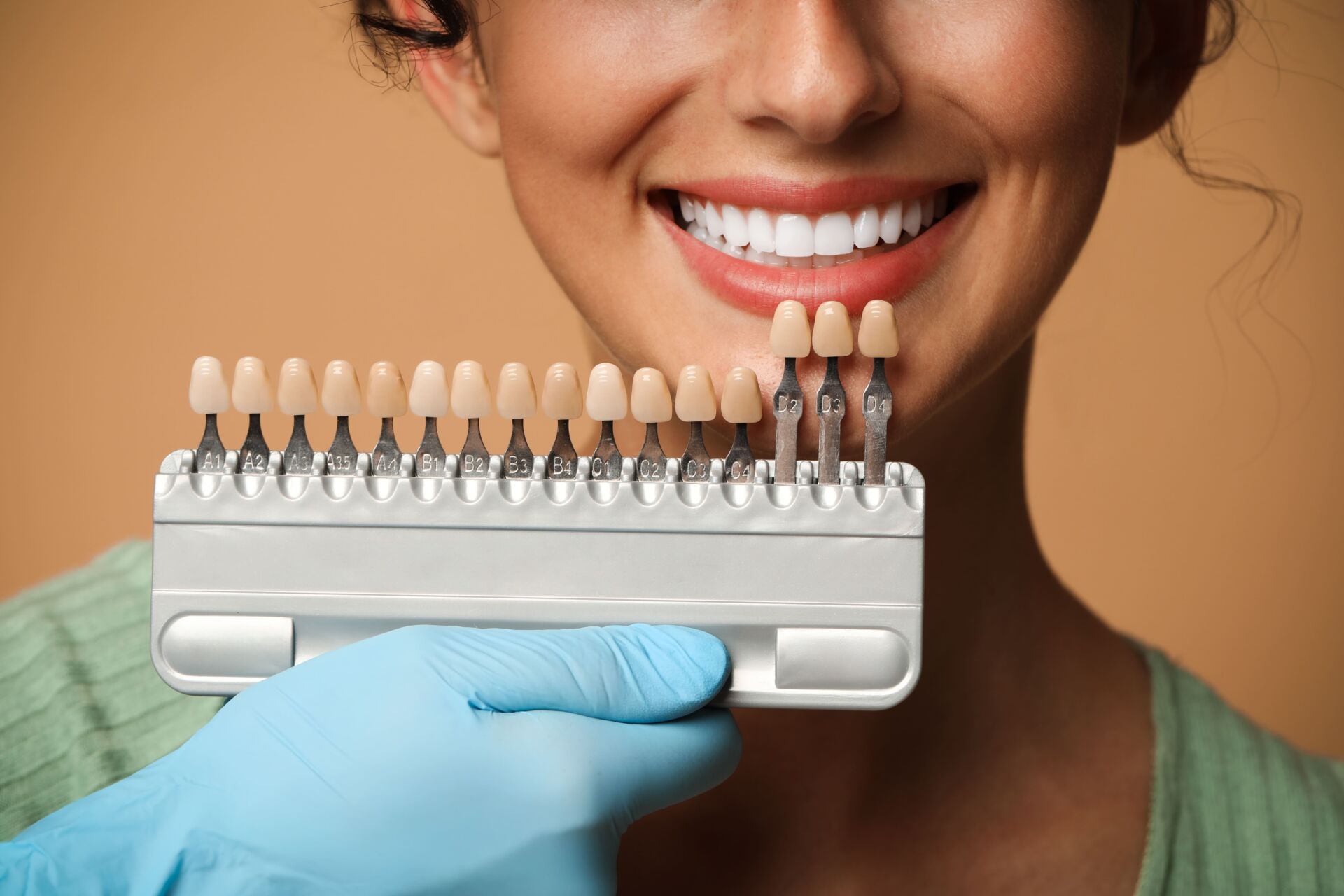It’s safe to say that tech is all around us. From age 2 to 92, it seems like everyone is connected via smartphone or tablet. But while the wide variety of apps and the ability to connect with friends and family around the globe is arguably a good thing, these devices have their downsides, too. One such downside is a problem doctors have dubbed “tech neck.” Tech neck is described as the neck pain and poor posture one develops from constantly looking down at tech devices. Tech neck occurs because of the extra pressure on the head and cervical spine caused by looking down – which can range from between 10 and 60 pounds on the average adult!
Naturally all this extra weight will take its toll on the body, in the form of headaches, back aches and neck pain. But it could be causing pain in another unexpected area of the body: the temporomandibular joint. That’s because the temporomandibular joint connects to the cervical spine through a network of tiny muscles. When the cervical spine is under duress, so too is the temporomandibular joint.
“The stress on the temporomandibular joint can cause a condition called temporomandibular joint dysfunction, or TMJ dysfunction, as many people know it,” says Dr. Alexandra George. George treats temporomandibular joint dysfunction in her Wexford, Pennsylvania, dental clinic.
Temporomandibular joint dysfunction can be caused by genetics or by injury, such as the kind incurred from poor posture while surfing tech devices. But George says there are ways you can reduce the risk of developing tech neck and improve any symptoms of the condition.
“First and foremost, look at where you’re holding your device when you’re scrolling,” says George. “The closer you can hold your phone or tablet to eye level, the lower the pressure on your neck, cervical spine and temporomandibular joint.”
But sometimes, scrolling at eye level isn’t comfortable, or possible. In those instances, George recommends frequent breaks and stretching exercises.
“Don’t sit on your phone for hours if you can help it,” she says. “Get up, walk around, stretch your muscles. If you can, try to limit your screen time.”
If you do develop any of the conditions above, especially temporomandibular joint dysfunction, George says neuromuscular orthodontics can help.
“Neuromuscular orthodontics can help correct the TMJ dysfunction caused by tech neck – but it works a whole lot better if the patient is willing to change their other behaviors,” she says.
Limiting screen time may also benefit other areas of the body, including the eyes, the sleep cycle and, according to some reports, the skin. One news outlet reported that plastic surgeons are noticing an uptick of patients with loose or aging neck skin, a phenomena doctors blame on the neck constantly being pushed into a forward position.
“Just be aware of your body, and if you notice any changes or unusual pain, see your doctor or temporomandibular joint dysfunction-trained dentist,” George says.




